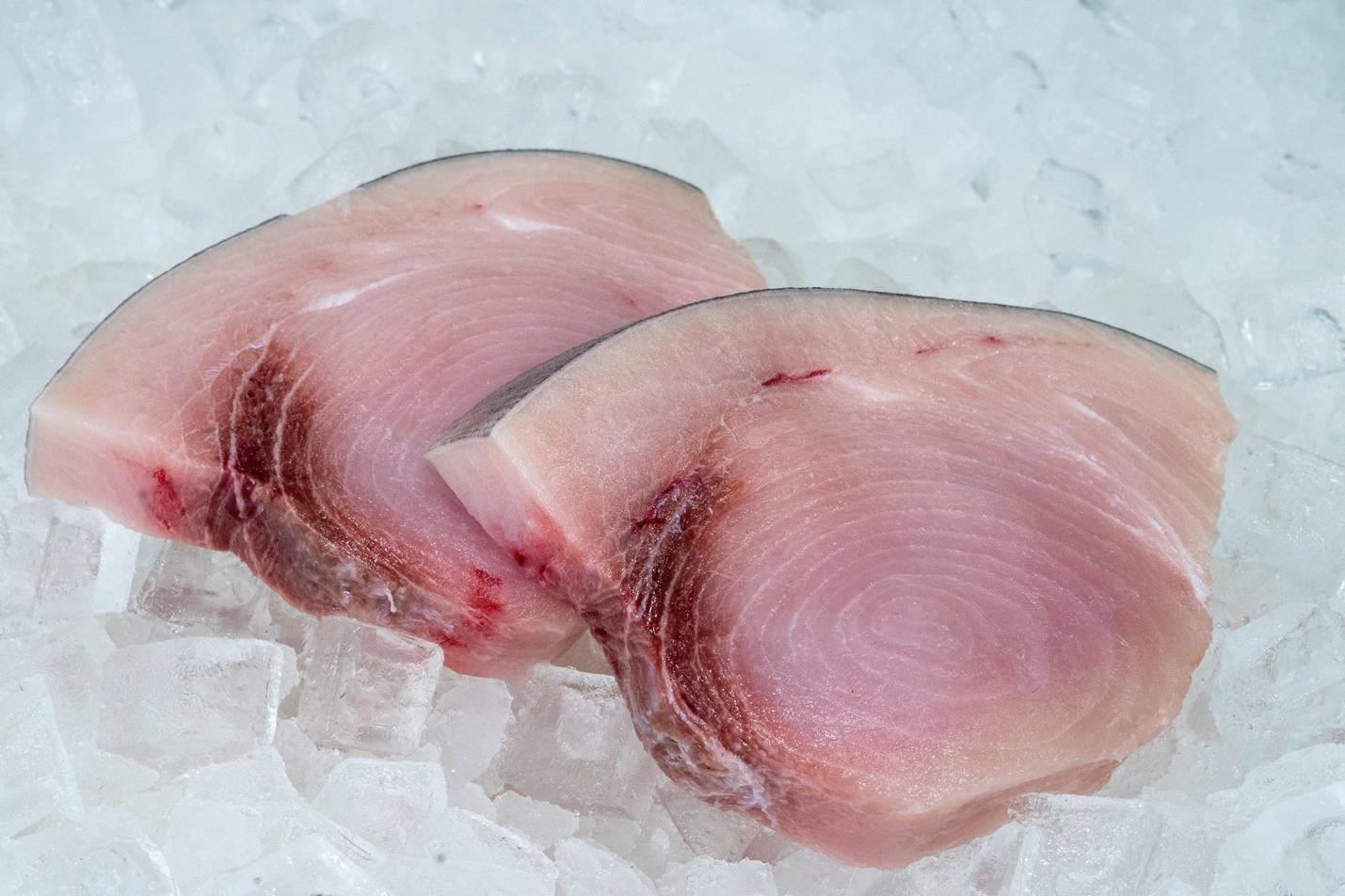Deciphering Swordfish Prices: Unraveling the Enigma of Cost per Pound
In the realm of seafood, few creatures command as much awe and curiosity as the mighty swordfish. With its sleek, powerful build and iconic sword-like bill, this apex predator of the ocean has long captured the imagination of fishermen, chefs, and seafood enthusiasts alike. But beyond its captivating appearance lies a complex world of economics, sustainability, and culinary delight, all revolving around one key metric: the price per pound.

The Swordfish Story
Before delving into the intricacies of swordfish pricing, it's essential to understand the journey this majestic fish takes from ocean to plate. Swordfish, known scientifically as Xiphias gladius, inhabits the temperate and tropical waters of the Atlantic, Pacific, and Indian Oceans. Renowned for its firm texture and mildly sweet flavor, swordfish has become a prized catch in many cuisines around the world.
The Economics of Swordfish
The price per pound of swordfish is influenced by a myriad of factors, reflecting both the supply and demand dynamics of the seafood industry. One of the primary determinants of price is the availability of swordfish in the wild. Overfishing and environmental factors can lead to fluctuations in swordfish populations, impacting supply and subsequently affecting prices.
Additionally, the cost of harvesting swordfish plays a significant role. Fishing for swordfish often involves long-distance travel and specialized equipment, adding to the overall expense of bringing these fish to market. Fuel prices, labor costs, and regulatory requirements further contribute to the economics of swordfish production.
Sustainability Considerations
As concerns about overfishing and environmental sustainability have grown, the swordfish industry has faced increased scrutiny. Sustainable fishing practices, such as using selective gear and adhering to catch limits, are essential for ensuring the long-term viability of swordfish populations. Consumers are becoming more conscientious about where their seafood comes from and are willing to pay a premium for sustainably sourced swordfish.
Navigating Price Fluctuations
Like any commodity, the price of swordfish can vary significantly over time. Seasonal factors, market demand, and geopolitical events all play a role in shaping price fluctuations. For example, increased demand during the summer grilling season or disruptions in supply due to weather events can cause temporary spikes in swordfish price per pound.
Making Informed Choices
For consumers, understanding the factors that influence swordfish pricing can empower them to make informed choices at the seafood counter or restaurant. While price may be a consideration, it's essential to also consider factors such as sustainability, quality, and freshness when purchasing swordfish. Supporting responsible fishing practices not only helps protect marine ecosystems but also ensures a steady supply of swordfish for future generations to enjoy.
The Price of Quality
Ultimately, the price per pound of swordfish reflects more than just the cost of the fish itself. It encapsulates a complex interplay of economic, environmental, and social factors that shape the
seafood industry. By understanding these dynamics, consumers can appreciate not only the value of swordfish as a culinary delight but also the efforts required to sustainably harvest and bring it to market.
In the ever-changing seascape of the seafood industry, one thing remains constant: the allure of the swordfish and the rich tapestry of stories and experiences woven around it. So the next time you encounter swordfish on a menu or at the market, take a moment to consider the journey it has taken and the price per pound that reflects its true worth.
